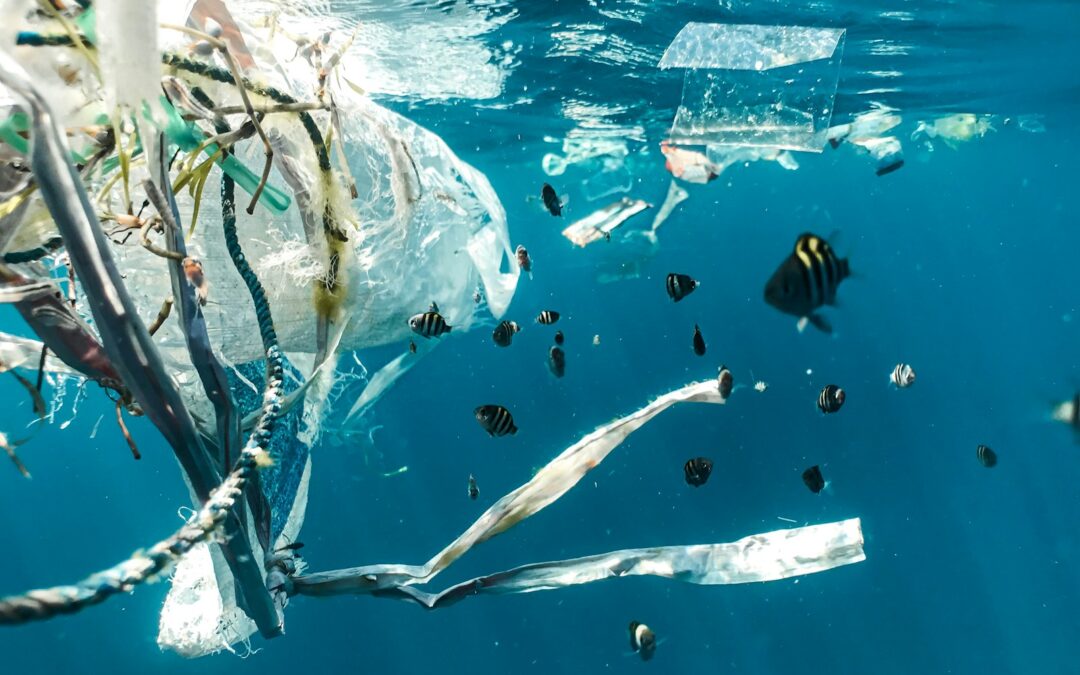The Potential Environmental Risks of Biotechnological Innovations
Biotechnological innovations and environmental impact are increasingly intertwined as advances in biotechnology continue to reshape various industries. These innovations, which include genetically modified organisms (GMOs), synthetic biology, and new agricultural technologies, hold tremendous promise for improving food production, healthcare, and environmental sustainability. However, their potential to accumulate in the environment and enter the food chain raises significant concerns about long-term ecological impacts. As these technologies become more prevalent, it is crucial to understand and address the potential risks they pose to ecosystems and human health.
The introduction of genetically modified crops and microorganisms into the environment has the potential to alter natural ecosystems in unforeseen ways. For example, genetically engineered plants designed to resist pests or tolerate herbicides may inadvertently affect non-target species and disrupt local biodiversity. The persistence of these modifications in the environment could lead to unintended consequences, such as the development of resistant pest populations or the loss of beneficial insects. Similarly, genetically modified microorganisms released into the environment for purposes such as bioremediation could interact with native species in ways that impact ecological balance.
Addressing these concerns requires a comprehensive approach that includes rigorous risk assessment and monitoring. Regulatory frameworks and environmental impact assessments must be updated to account for the complex interactions between biotechnological innovations and ecosystems. Additionally, ongoing research and surveillance are essential for identifying potential risks early and developing strategies to mitigate any adverse effects. By proactively managing these risks, we can harness the benefits of biotechnological innovations while safeguarding the environment and ensuring long-term ecological health.
Developing Robust Regulatory Frameworks
One of the key strategies for mitigating the environmental impact of biotechnological innovations is the development of robust regulatory frameworks. These frameworks should be designed to assess the potential risks associated with new technologies and ensure that they are implemented safely. For instance, regulatory bodies can establish guidelines for the testing and approval of genetically modified organisms, including requirements for environmental impact assessments and long-term monitoring. By setting clear standards and procedures, regulators can help prevent the release of potentially harmful innovations into the environment.
In addition to regulatory oversight, there is a growing emphasis on the importance of transparent and inclusive decision-making processes. Engaging stakeholders, including scientists, policymakers, and the public, in discussions about the potential risks and benefits of biotechnological innovations can help build trust and ensure that diverse perspectives are considered. This collaborative approach can lead to more informed and balanced decisions, ultimately contributing to the safe and sustainable development of new technologies.
Promoting Sustainable Practices in Biotechnology
Another crucial aspect of managing the environmental impact of biotechnological innovations is promoting sustainable practices within the industry. Companies and researchers can adopt best practices to minimize the potential ecological risks associated with their technologies. For example, sustainable agricultural practices, such as integrated pest management and conservation tillage, can help reduce the reliance on genetically modified crops and mitigate their impact on the environment. Additionally, the development of biotechnological solutions that prioritize environmental sustainability, such as bio-based materials and renewable energy sources, can further contribute to a greener future.
Furthermore, investing in research and development focused on enhancing the safety and environmental compatibility of biotechnological innovations is essential. Innovations such as biodegradable materials and precision gene-editing techniques offer promising avenues for reducing ecological risks. By prioritizing sustainability and environmental stewardship in biotechnological research, the industry can address potential concerns and contribute to a more balanced and responsible approach to technological advancement.
In conclusion, the relationship between biotechnological innovations and environmental impact is complex and multifaceted. While these technologies offer significant potential for advancing various fields, they also pose challenges that must be carefully managed. By developing robust regulatory frameworks, promoting sustainable practices, and prioritizing environmental safety, we can harness the benefits of biotechnological innovations while minimizing their potential risks. As we move forward, a proactive and informed approach will be essential for ensuring that these technologies contribute positively to both human and environmental well-being.
#Biotechnology, #EnvironmentalImpact, #EcologicalConcerns, #SustainableBiotechnology, #GeneticEngineering, #FoodChain, #EnvironmentalSafety, #BiotechInnovation, #RegulatoryFrameworks, #Sustainability













